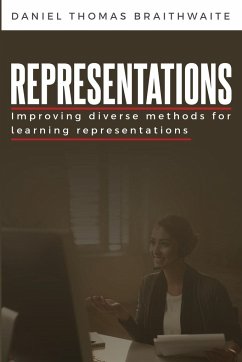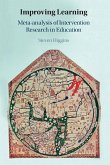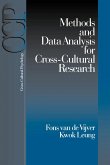Hearing aids are clinically proven to improve the quality of life of hearing-impaired individuals. However, despite this, many people who could benefit from a hearing aid do not use one. The most common reason for this is that they perform poorly in noisy environments. Machine learning presents a collection of powerful methods for attenuating noise in speech signals. Moreover, state-of-the-art hearing aids are being designed with more powerful processors that can run machine learning algorithms. Several key factors make the deployment of machine learning to hearing aids challenging. Firstly, many state-of-the-art machine learning methods have high resource requirements (e.g., GPUs or large amounts of memory). Hence, these resource-intensive models cannot be run in real-time in low-complexity systems. Secondly, methods need to be causal (i.e., do not depend on access to future information). More generally, an issue is that the objectives that speech enhancement/separation models typically optimise (e.g., L1 or L2) correlate poorly with perceptual quality. The goal of this thesis is to develop improved models for attenuating noise in speech signals. Specifically, we aim to develop more principled models and better understand existing frameworks. Overall, the objective is to develop low-complexity models for attenuating noise in speech signals.







